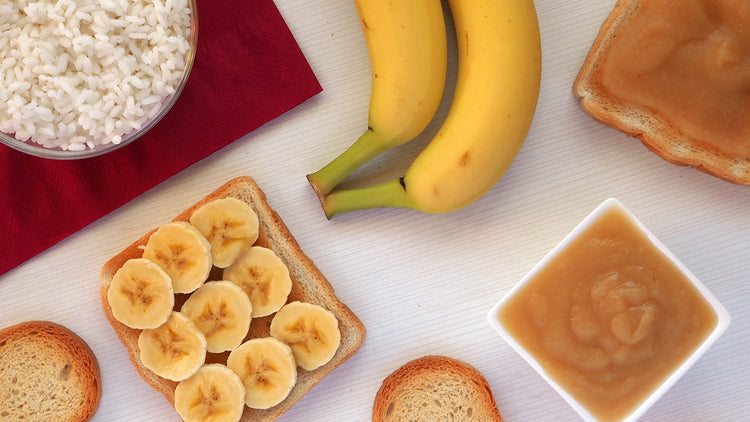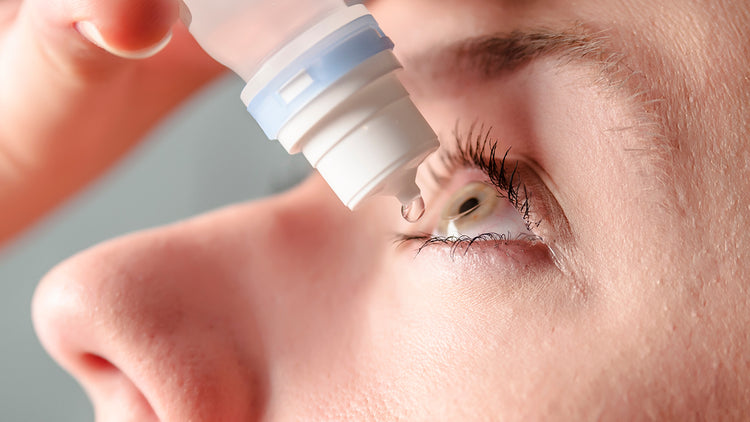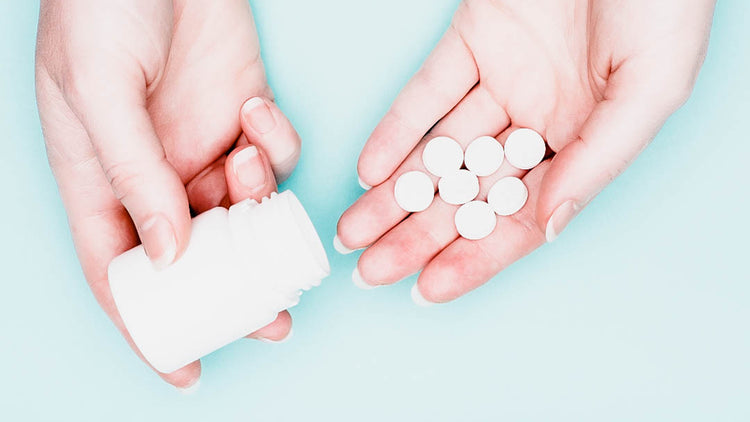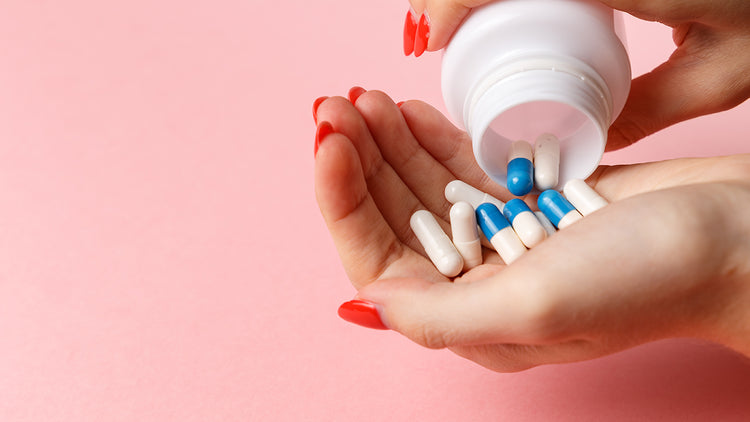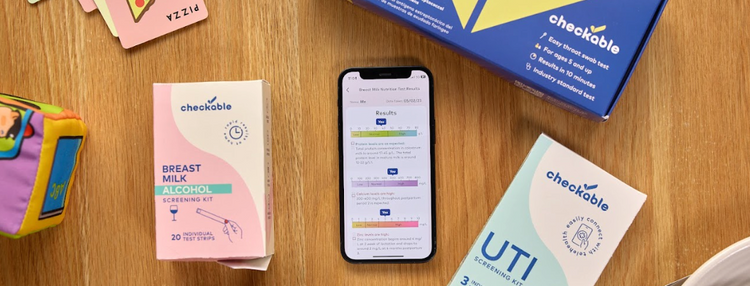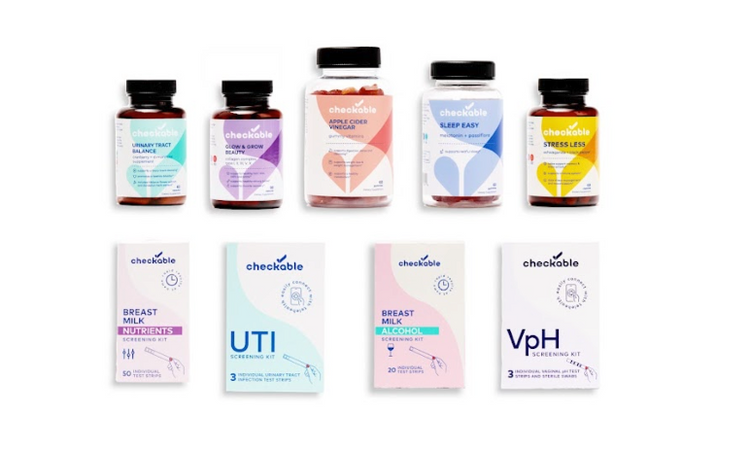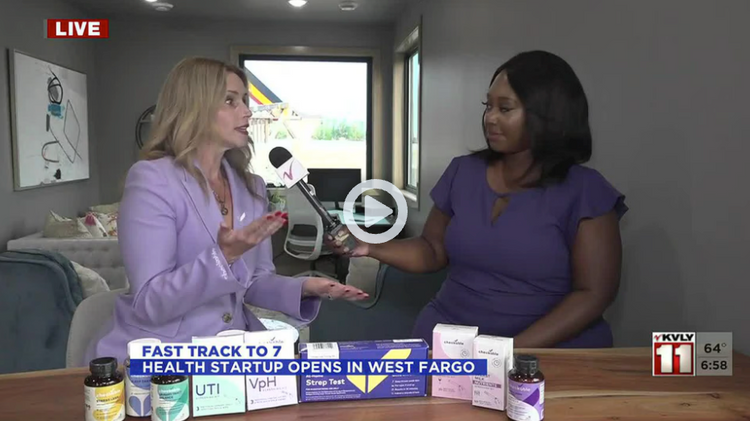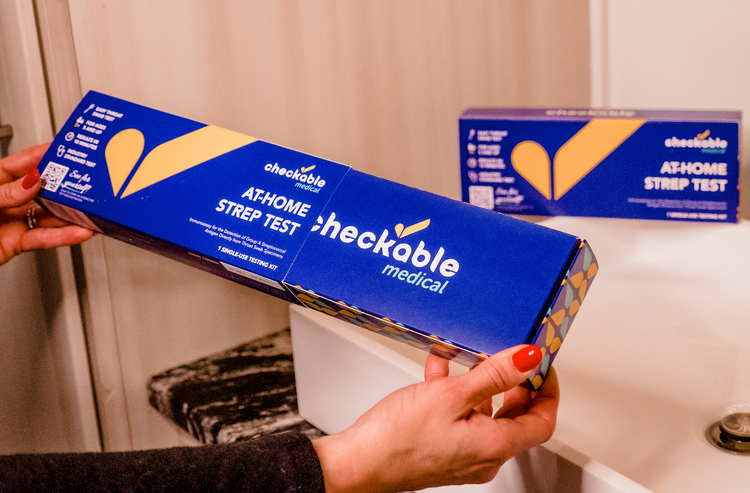
Summertime means longer days, warm weather, abundant sunshine, and the trademark scent of sunscreen in the air. Head to your local Target, and you’ll see an entire aisle stocked full of the stuff in all different formulations and SPFs. How do you know which kind is the best? We have some tips to help you choose the right sunscreen for you and your family for safe fun in the sun.
Who should wear sunscreen?
The short answer is everyone! Dermatologists recommend that all adults, teens, and children over the age of six months old (babies under six months should stay out of the sun) wear daily sunscreen. And this is regardless of skin color, age, how easily you tan, or how often you’re outdoors. The Skin Cancer Foundation states that “your skin is damaged by exposure over your lifetime.” And it’s never too early to start preventing skin cancer.
What is SPF?
SPF stands for Sun Protection Factor, and it’s how we measure the amount of protection against the sun’s UVB rays. It basically tells you how long you can stay in the sun without getting burned while wearing sunscreen. An SPF 30 allows about 3% of UVB rays to hit your skin, and an SPF 50 allows about 2% of UVB rays to reach your skin.
Experts say that using a higher SPF isn’t necessarily better since this sometimes creates a false sense of security; people will think they’re covered in the sun for longer than they are and won’t reapply as often.
Types of sunscreen
There are two types of sunscreen: chemical and physical.
- Chemical sunscreens absorb into the top layers of your skin, and their active ingredients work to absorb UV rays before your skin does. Chemical sunscreens are easy to apply and are often aerosol sprays or lotions; they don’t leave a film on the skin or feel sticky or greasy, making them easy to wear daily. The downside of chemical sunscreens is that they may irritate sensitive skin. Some chemicals have been linked to the bleaching of coral reefs (most notably oxybenzone, octocrylene, and octinoxate). There have also been concerns about the overall safety of some of these chemicals.
- Physical sunscreens are also known as mineral or zinc sunscreens, which create a physical barrier on the skin’s surface that shields it from the sun’s rays. Physical sunscreens deflect UV radiation away from your skin and help ward off UVA radiation (the type of UV rays responsible for wrinkles and sun damage on our skin), even the rays that come through our windows on a sunny day. These types of sunscreen use zinc oxide and titanium oxide, which have been recognized as safe by the Food and Drug Administration (FDA). The downside is that these types of sunscreen are more challenging to blend into your skin and can leave a chalky film or a white cast on your skin after application. Most doctors recommend mineral sunscreens for babies and kids.
Bonus: daily wear sunscreen. If you look at any beauty store or the cosmetics aisle of your local drugstore, you’re sure to run across a daily-wear sunscreen. Supergoop’s Unseen Sunscreen is a cult favorite for its smooth finish on any skin tone, even under makeup, and all-day SPF 40 protection. CeraVe is a drugstore brand with a huge following, including beauty editors, and their AM Facial Moisturizing Lotion SPF 30 is a bargain buy that works for sun defense.
Choosing the right sunscreen
Now that you’ve got the basics of sunscreens down, you’ll find a wealth of options at the store.
- Get a broad-spectrum sunscreen which means it blocks both UVA (aging) and UVB (burning) rays. According to the American Cancer Society, “Only products that pass a certain test can be labeled “broad spectrum.” Products that aren’t broad spectrum must carry a warning that they only protect against sunburn, not skin cancer or skin aging.”
- Go with an SPF 30 or higher.
- Opt for mineral-based (physical) sunscreens for kids. Most dermatologists agree they tend to be less irritating on sensitive skin and offer coverage from both UVA and UVB rays.
- Water-resistant sunscreens are not waterproof. They must state whether they’re waterproof for 40 or 80 minutes while swimming or sweating.
- Choose lotion over a spray for kids. The sprays seem so convenient, but you’re more likely to miss spots with the mist, leading to sunburn. And with overspray, the sunscreen particles are more likely to blow around and end up in the eyes or the lungs of others.
Quick Tips
- Apply sunscreen 30 minutes before going outdoors
- Reapply every two hours or after swimming or sweating
- Don’t skip on sunscreen when it’s cloudy - up to 80% of the sun’s rays still reach the ground
- Apply sunscreen before getting dressed in case your clothing shifts in the sun
There are loads of sunscreens out there in all types of formulations, scents, styles, and ways to apply. From daily wearing sunscreen that layers perfectly under your makeup to beach-ready heavy-duty sweatproof sunscreen, you can find it all. But the best sunscreen is the one you’ll actually remember to wear. So lather up and soak up some Vitamin D and enjoy the sun safely. For more Summer Essentials, check out our water safety tips!
Life is too short to sit in a doctor’s office
Sign up for our weekly newsletter and get valuable healthcare tips and tricks in your inbox!
Sign up now and unsubscribe anytime.
- Choosing a selection results in a full page refresh.
- Press the space key then arrow keys to make a selection.
















